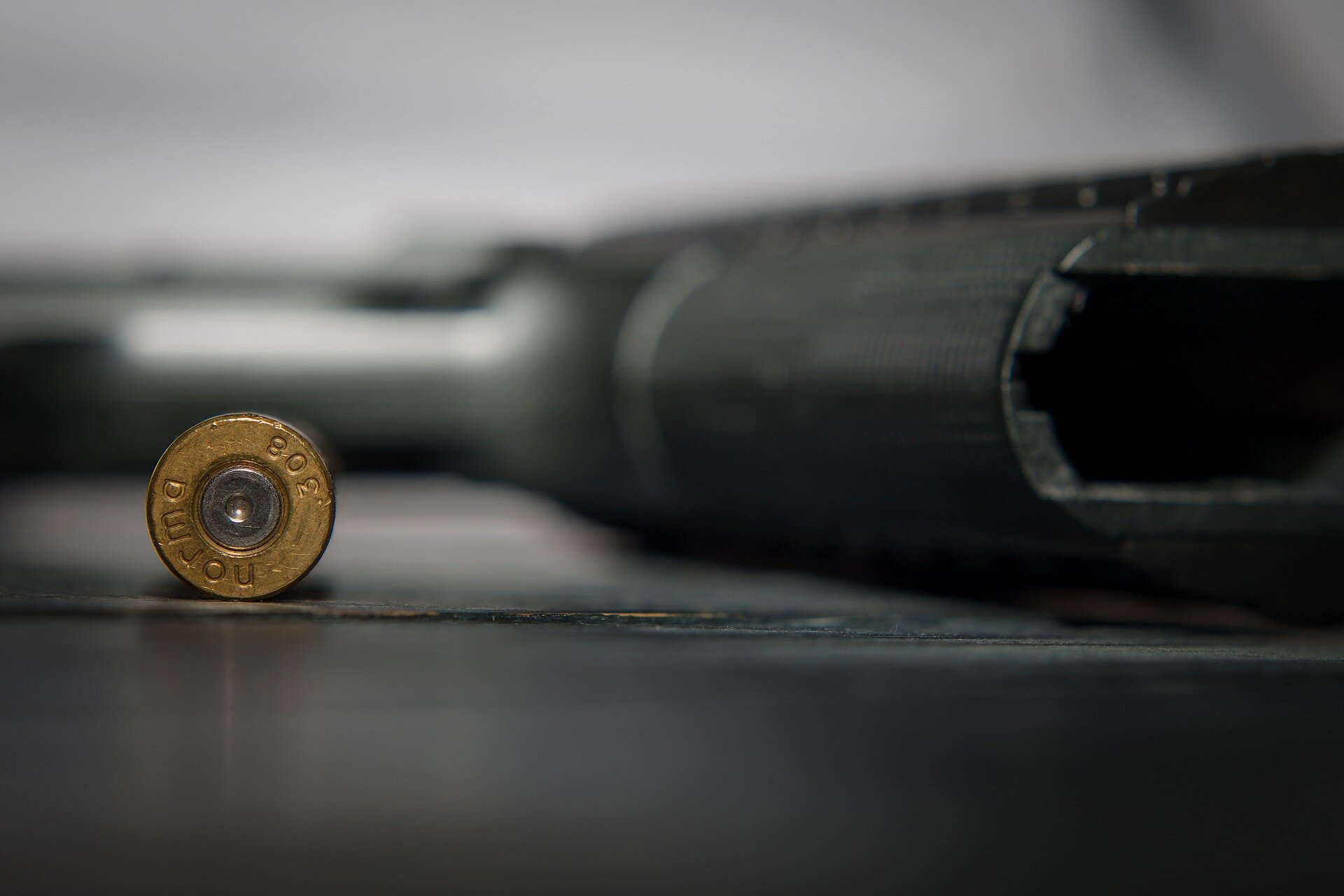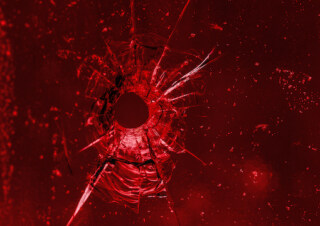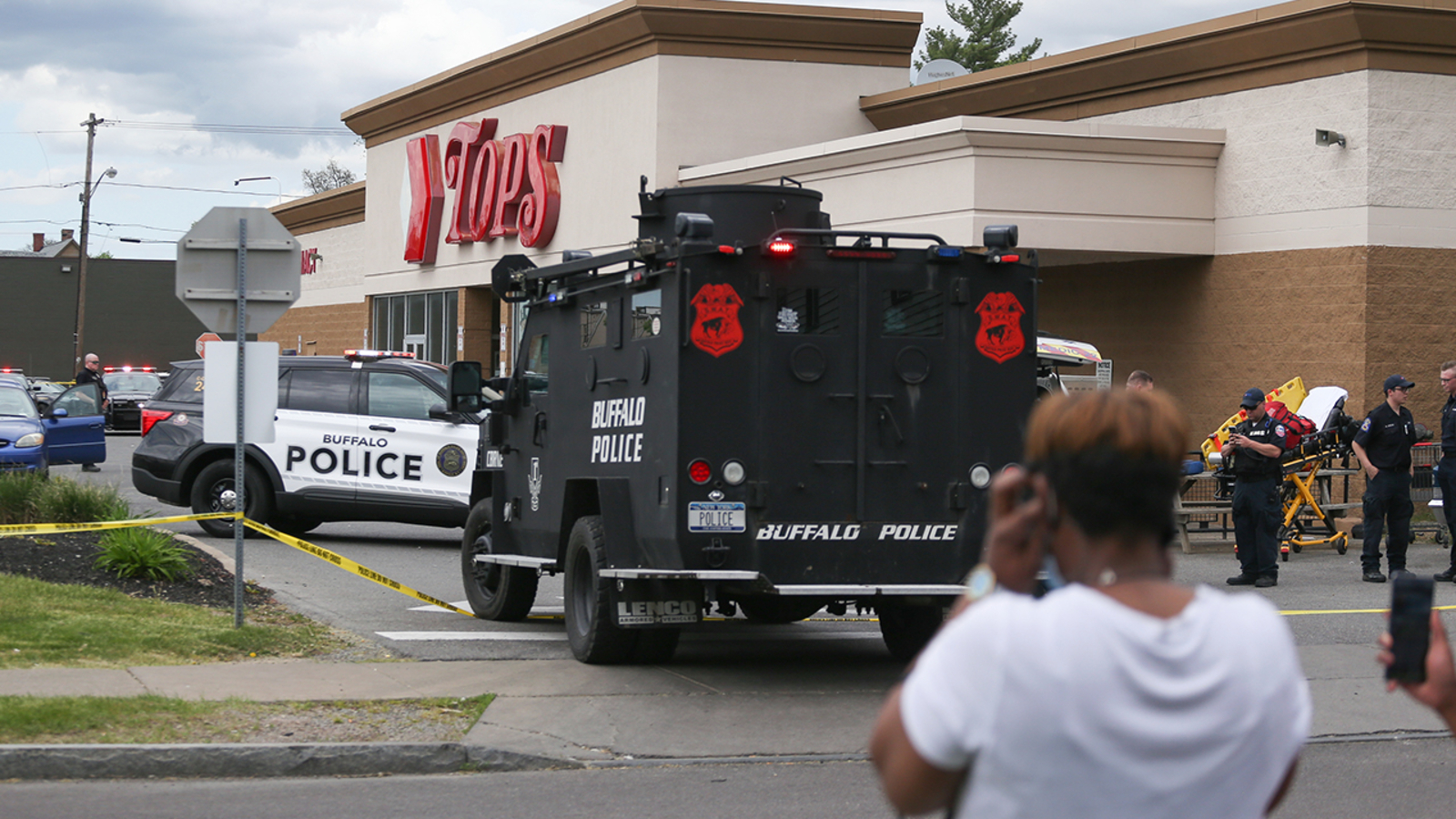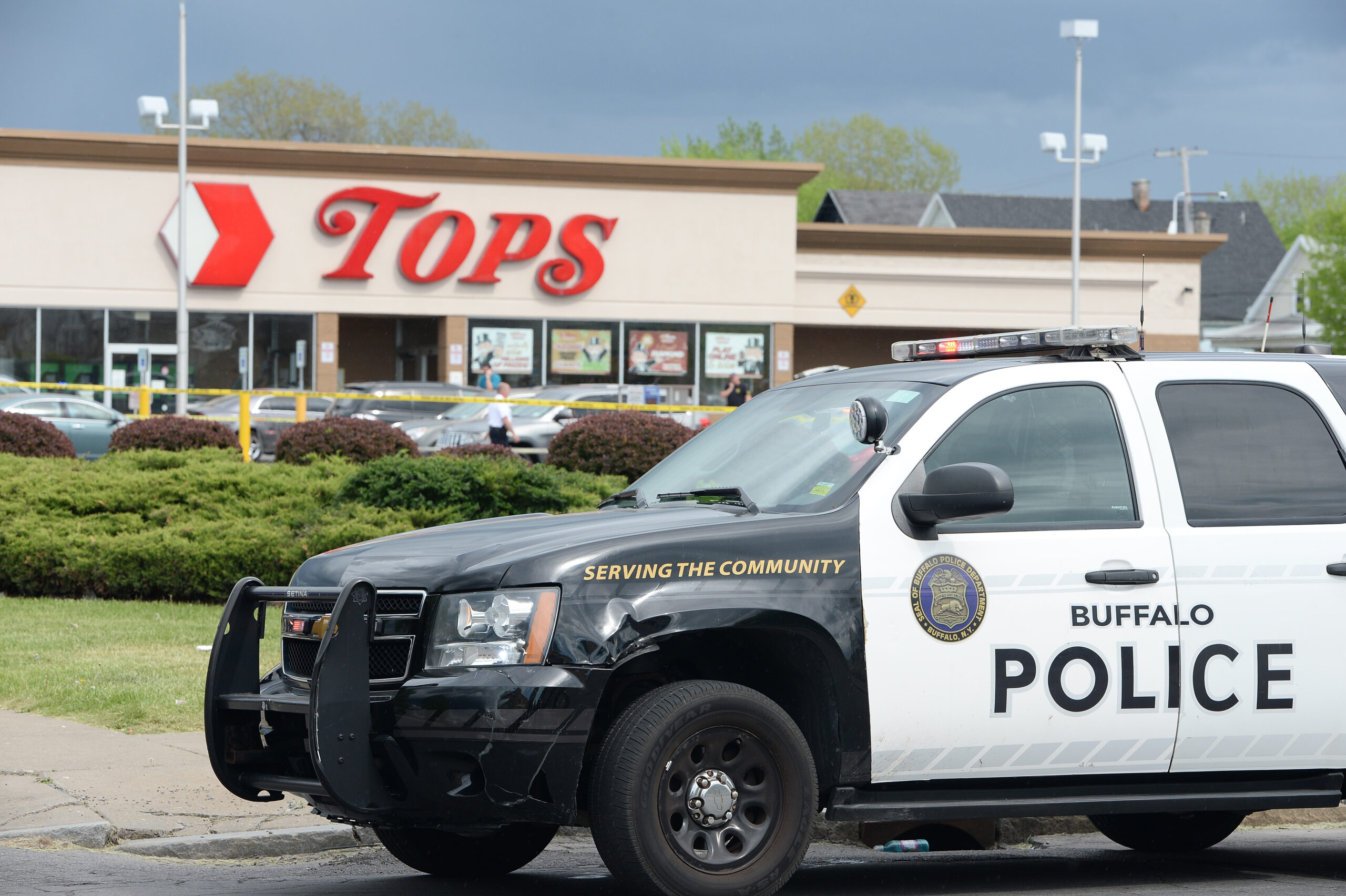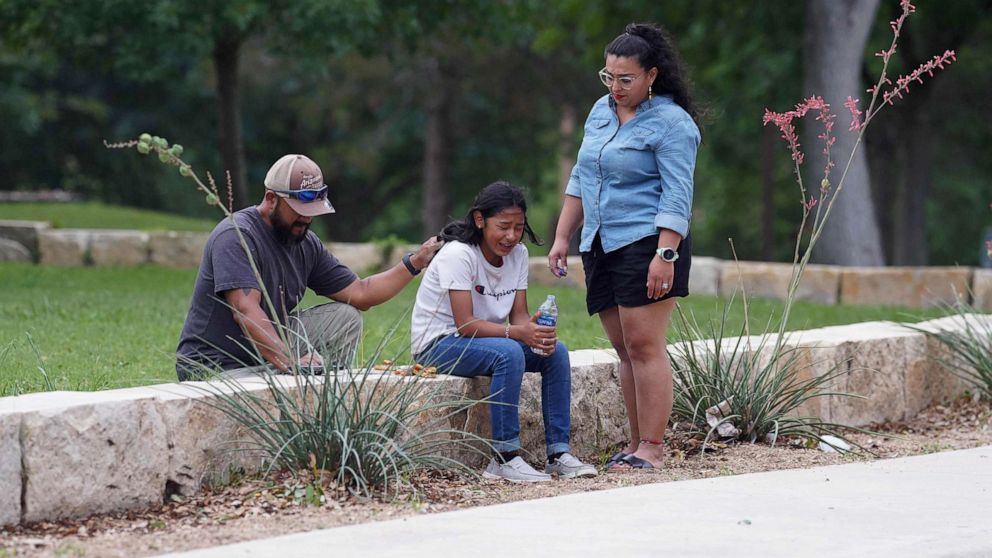Why do blacks get hassled by the police so much? The Occam’s Razor explanation is the one you are never supposed to mention in public: because on average African-Americans commit so disproportionately many crimes, especially murders.
I will therefore summarize some important crime statistics from federal government documents.
The most striking fact is that blacks, who have typically made up about one-eighth of the population, have comprised the majority of the country’s homicide offenders over the past four decades.
The FBI states that among
2018 murderers:
When the race of the offender was known, 54.9 percent were Black or African American….
That’s up slightly from the average during the past decade. I calculate from the FBI’s Uniform Crime Reporting publications that blacks made up
53.3 percent of murder and nonnegligent manslaughter offenders over the decade 2009–2018.
The FBI’s Uniform Crime Reporting system is based on police-department submissions from around the country. It is by no means perfect, but police departments at least have to take murders fairly seriously, unlike many other crimes.
The decades before weren’t all that different either: In 2011, the Obama administration’s Bureau of Justice Statistics released a
report stating that blacks were 52.5 percent of homicide offenders during the 29 years from 1980 to 2008.
And a
government study from 1967 says that nonwhites (over 90 percent of them black back then) made up 10.5 percent of the population in 1950 but 55.5 percent of the murder victims (not offenders, but most murders are
intraracial). By 1960, nonwhites were 11.4 percent of Americans, but now represented only 52.9 of deaths by violence, reflecting the moderate progress blacks made during the 1950s.
The homicide rate for the white population leveled off at 2 or 3 deaths per 100,000 population after 1950. The rate for nonwhite persons continued declining through 1961; in 1950 it stood at 28 deaths per 100,000—11 times the average among white persons. By 1961, the rate had fallen to 21, which was still eight times the rate of the white population. In the last 3 years, 1962 through 1964, the rate for nonwhite persons increased again.
Sadly, that uptick represented the quiet beginning of the
huge increase in black murder rates that followed the triumphs of the civil rights movement.
Naturally, everybody secretly wants to know the size of the gap between blacks and non-Hispanic whites. Frustratingly, crime statistics still don’t handle Hispanics well, with about 30 percent of jurisdictions not breaking out Hispanics from whites in their reports. Hence, in 2018, almost one-third of identified homicide offenders did not have an ethnicity (Hispanic or non-Hispanic) specified.
So, the simplest work-around is simply to compare blacks to all nonblacks. If blacks make up
13.4 percent of the population at present, then they were 7.9 times more likely to be homicide offenders than nonblacks on a per capita basis in 2018 and 7.4 times more in the decade of 2009–2018.
Here’s the formula for 2018:
(54.9% of murderers are black / 13.4% of population is black) / ((100% – 54.9%) / (100% – 13.4%)) = 7.9
Incredibly, among known killers in 2018, the ratio of blacks to nonblacks (7.9 times greater) was bigger than the ratio of males to females (
7.1 times).
Perhaps the decline in the ratio of male to female killers from about nine to one traditionally to seven to one recently might be due to the transgender craze, with more male felons now claiming to be female in the hopes of getting sent to the women’s prison?
With crime roaring back this summer, it’s worth pointing out that the
Bureau of Justice Statistics numbers show that there really was a Ferguson Effect during the first Black Lives Matter era in the last two years of the Obama presidency:
The murder rate (including non-negligent manslaughter) in the U.S. rose 23% from 2014 to 2016…. There were 3,249 more murders…in the U.S. in 2016 than in 2014….
That was by far the biggest two-year growth in murders since at least 1980, dwarfing even the notorious crack wars around 1990.
Fortunately, the number of homicides appears to have fallen about 11 percent during the first two and a half years of the Trump presidency. (We only have preliminary data for the first half of 2019; the FBI normally would release the results for all of 2019 in late September of 2020, yet who knows what will happen this year…)
But we’ve probably lost all that progress and more since the Establishment decided to encourage rioters to run amok after Floyd’s death on Memorial Day.
Also, unsurprisingly, the first round of Black Lives Matter killed a disproportionate number of blacks:
There were 1,834 more murders (including non-negligent manslaughter) of black persons in the U.S. in 2016 than in 2014….
Another way of looking at this: The incremental number of blacks murdered in the first three years of the Black Lives Matter movement was greater than the total number of blacks lynched in U.S. history (
3,446).
How many more blacks will be murdered due to the latest Black Lives Matter agitation? Judging by the quantity and sheer exuberance of black-on-black
mass shootings this summer, such as
22 people being shot at a single Washington, D.C., block party over the weekend, the current resurrection of BLM will likely put thousands of extra blacks in their graves before it is finally (if ever) put down...
/cloudfront-us-east-2.images.arcpublishing.com/reuters/FJJZFRS7CBOQPAK5OFPPRRI4M4.jpg)






